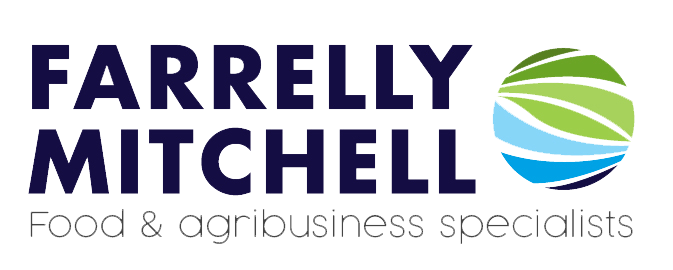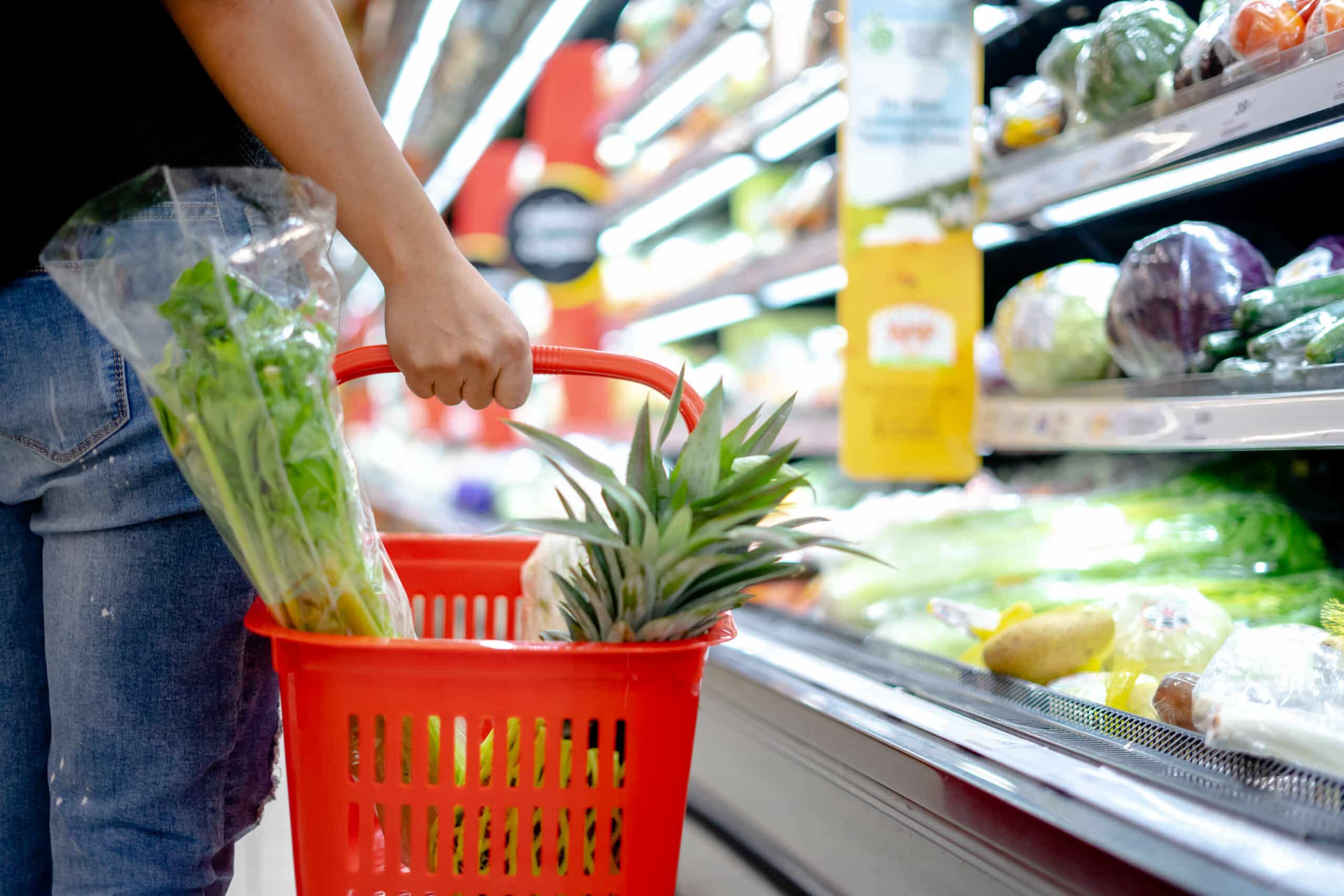With a heavy reliance on imported food, high per capita consumption, and a diverse consumer base, the UK offers a lucrative market for international agrifood businesses. However, concentrated distribution channels and the post-Brexit landscape have created significant regulatory hurdles and intensified domestic competition. A well-crafted UK market entry strategy is key to navigating these challenges, and success requires understanding both the national landscape and distinct regional markets.
This article examines the key compliance and market entry requirements for food and agribusinesses seeking to establish a presence in the UK. We explore regulatory frameworks, distribution strategies, consumer demand, and other strategic considerations for those looking to successfully establish operations in the UK.
Current state of the UK food market
The UK’s food and beverage market is both large and attractive, characterised by significant consumer demand and a heavy reliance on imports, particularly from the EU, its largest trading partner. The region’s cosmopolitan population leads to varied culinary preferences. To cater to these specific consumer segments the market supports various niches and specialty food offerings, creating plenty of opportunities for a wide variety of food producers.
In the UK, consumer spending on food and non-alcoholic beverages reached almost £142.8 billion in 2023, an increase of more than 12% on the previous year. This demand is amplified by the fact that the UK also exhibits high per capita consumption levels for many products, including chocolate confectionery, fresh meat, and pasta, often matching or surpassing consumption rates seen in other European countries.
Even though the food and agricultural industry is very large (employing close to half a million people) the UK produces less than 60% of the food needed for domestic consumption. Consequently, the UK relies heavily on imported foods. This dependence on imports has only increased over time, with the UK currently importing approximately £12.3 billion worth of fruits and vegetables alone.
Understanding the UK market
The UK’s food and beverage industry comprises of more than 11,700 businesses, which accounts for ~20% of all sales generated by manufacturers. Although this industry has experienced strong growth in recent years, successful UK market entry requires an understanding of four key elements: the level of competition, the importance of distribution channels, regulatory considerations, and consumer preferences.
Degree of competition within the UK food market
EU food producers have already established a strong presence in the UK market. This is especially notable in fresh fruit and vegetables, dairy, wine, spirits, olive oil, chocolate, confectionery, and beer. EU products often benefit from a positive reputation for quality and authenticity among UK consumers. This can be a valuable asset, and when coupled with long-standing trade relationships it can offer a significant competitive advantage for EU businesses over international competitors.
While the EU is the main source of imports, producers from other countries, such as New Zealand, Australia, the US, and China, also compete well in the UK market. These competitors often focus on specific product categories where they have a competitive advantage, such as New Zealand for lamb and China for honey.
New entrants should also be aware that UK consumers are often loyal to established domestic brands. Many of these brands (such as Walkers, Wall’s, Cadbury, and Bisto) are established and well-loved. As such, competing with them, particularly in price-sensitive markets, can be very difficult.
Another important consideration for UK market entry is regional variation. The UK is a country of countries, each hosting their own distinct culinary identities. Scottish and Welsh consumers often demonstrate broad preferences for products that reflect their national heritage, such as haggis or lamb, which can override national preferences found in other regions.
This can extend to certain counties within the UK, such as Cornwall, Pembrokeshire, and Yorkshire, which are all distinguished by their unique pastries, cheeses, and desserts. Major urban centres like London, Glasgow, and Birmingham also tend to be very cosmopolitan, with South Asian, Caribbean, and Middle Eastern foods being noticeably popular with British consumers.
How distribution channels impact UK market entry
While the UK market offers a favourable environment for food producers, strategic partnerships with distributors and retailers are crucial to achieving broad market penetration and building brand recognition.
Retail supply channel
Supermarkets dominate the UK’s retail food market, wielding significant influence over pricing, shelf space, and product selection. This can pose significant challenges for smaller food producers looking to enter the UK market. This is particularly noticeable in categories like dairy, where modern grocery retailers account for nearly 70% of distribution, and can dictate prices, promotional terms, and even packaging requirements.
It is also worth noting that, while supermarkets may offer higher volume potential, they also operate on lower margins. This has a knock-on effect for suppliers, especially for those supplying private label products, and can greatly diminish potential revenue Additionally, the rising popularity of discounters (such as Aldi and Lidl) has further limited producers’ ability to secure premium prices.
Corner shops, specialty retailers, farmers’ markets, wholesale markets, and e-commerce platforms can offer a viable alternative route to market, as can partnering with country/region-specific retailers. These outlets can help attract consumers who are looking for more authentic, high quality, or artisanal products. However, this avenue is best suited to niche products (such as artisanal cheeses, specialty meats, olive oils etc.) and SMEs. Businesses looking to achieve meaningful market penetration will need to try and secure a presence with supermarkets in order toto secure meaningful scale and visibility.
Food service channels
The UK’s vibrant foodservice industry offers food and agribusinesses another route to consumers via restaurants, cafes, and hotels. Patrons of these establishments are often looking for high-quality, unique, and authentic dining experiences, making them prime targets for premium food and beverage brands wanting to establish a market presence.
Partnering with restaurants and caterers has proven to be an effective strategy for many brands. For instance, the popular soy sauce brand Kikkoman was first introduced to the UK market through Japanese and Pan-Asian restaurants, where it established itself as an authentic Asian condiment, before later becoming available in mainstream UK grocery channels. Similarly, Le Beurre Bordier, Valrhona chocolate, Frank’s RedHot sauces, and Angostura Bitters all initially gained market traction through foodservice channels before becoming part of the retail market.
At the institutional level (catering to schools, hospitals, corporations and other institutions), demand for international foods and flavours is high. This is especially true in UK universities, which cater to a wide variety of international students. There is also growing recognition among international contractors and food suppliers of potential growth opportunities in this sector, as institutions seek to provide more culturally relevant meals and improve inclusivity.
That said, many institutional caterers find it difficult to source authentic meals and ingredients due to strict nutritional guidelines, bureaucratic hurdles, supply chain complexities, cost constraints, and a lack of familiarity and expertise with these dishes. While some institutions have attempted to address these challenges by partnering with local vendors, this frequently results in higher costs, fragmented supply chains and inconsistent quality.
The presence of international catering companies (such as Elior and Sodexo ) in the UK market, demonstrates the growing demand for diverse culinary offerings in institutional settings. These large-scale operators typically possess the operational capacity, experience, and economies of scale necessary to cost effectively deliver authentic international cuisine while meeting institutional requirements.
Industrial supply channel
Further up the supply chain, producers can gain market access by supplying raw materials for the UK’s vibrant food and beverage manufacturing sector. While less visible than other channels, this approach remains a critical route for many exporters. Partnering with manufacturers of ready meals, confectionery, baked goods, beverages, and other processed foods can help suppliers achieve steady sales volumes and build a scalable business foundation.
However, it is worth noting that this channel demands a high level of consistency, quality assurance, and compliance with technical and safety standards. It may also require certifications, traceability measures, and the ability to adapt product specifications to manufacturers’ requirements.
The importance of importers and distributors in this context is difficult to understate. British food manufacturers frequently rely on importers and distributors to source a large portion of their ingredients from overseas. While these partners can help with logistics, compliance, and distribution, it is important to remember that their involvement will compress margins and reduce supply side profits.
Regulatory considerations
The UK food and beverage market is undergoing significant transformation. The post-Brexit landscape has introduced a considerable amount of red tape, complicating the distribution of food and agricultural products. Although the UK has largely retained EU legislation and standards, some differences exist.
New documentation requirements, such as export health certificates and customs declarations, have made what was once a straightforward process more cumbersome. This can lead to delays and potential spoilage and financial losses for exporters. This is particularly true for EU suppliers as the UK’s Sanitary and Phytosanitary (SPS) controls have introduced additional requirements for many products that were previously exempt under EU rules.
This bureaucratic burden and its associated costs have strained existing operations, which previously relied on more efficient supply chains. It is also deterring many new entrants from entering the market. At the same time, administrative barriers have forced many UK exporters to enter domestic markets increasing the amount of in-country competition. Local competition is particularly strong in sectors such as fresh meat, dairy, and baked goods.
UK consumer preferences
The UK’s food and beverage market are continually reshaped by evolving consumer values, lifestyles, and cultural influences. New UK market entrants should be mindful of these key trends underpin the UK market when looking to develop, position, and promote their products.
The UK ethnic food market is projected to grow significantly in the coming years from approximately $9.47 billion in 2023 to an estimated $17.70 billion by 2032. This is driven by increasing multiculturalism and consumer interest in international foods and flavours. This enthusiasm for international foods is not limited to major cities. Smaller communities are equally open to diverse culinary experiences, which is encouraging for international producers trying to enter the retail and foodservice sectors.
Global macrotrends relating to nutrition, wellbeing, and sustainability mean that health conscious, dietary specific, and ethically sourced foods are in greater demand. The COVID-19 pandemic and recent extreme weather events have accelerated these trends, reinforcing the importance of personal health, while exposing the need for more robust food supply systems.
However, the degree to which these trends will impact new market entrants varies greatly, even within individual categories. For instance, the rising number of vegans, vegetarians, and flexitarians (particularly among younger generations) means that overall fresh meat consumption has lessened, but demand for poultry remains strong, with premium suppliers who emphasise animal welfare and provenance continuing to see robust growth.
Convenience also remains a key motivating factor. Busy lifestyles and the desire for food that is easy to obtain and prepare is driving sales of processed foods, as well as one-stop shopping. This motivation does not override health considerations, with consumers often seeking products that satisfy both, pushing food manufacturers to innovate with nutrient-dense snacks, functional beverages, and quick-to-prepare meal kits that deliver on both taste and nutrition.
Digital platforms are having an increasingly influential role in shaping consumer preferences. Food influencers, online reviews, and viral food trends on Instagram, TikTok, and YouTube are guiding purchasing decisions and brand perceptions. This digital shift provides the opportunity for producers to connect more directly with their audiences, test product concepts rapidly, and target niche segments more efficiently. Social media is also driving an appetite for global cuisines, with as much as 90% of UK consumers willing to try international flavours.
While the cost-of-living crisis has heightened price sensitivity among some consumers, many are still willing to trade up for more authentic and higher-quality products. This “premiumisation” trend is especially evident in categories such as craft beer, artisanal chocolate, specialty dairy products, and organic produce. In these segments, storytelling and branding often outweighs financial considerations, with consumers gravitating toward products with compelling narratives about their origin, craftsmanship, and sustainability credentials.
The UK market entry strategy
While UK market entry has been complicated by Brexit and shifting trade protocols, the UK remains an attractive destination for international food producers. Bolstered by robust consumer demand, a high reliance on imports, and shifting consumer preferences, the UK market offers significant opportunities for food and agribusinesses to expand their international presence and capture market share in one of the world’s largest economies.
However, entering the UK market requires careful consideration, bespoke strategies and local insight. At Farrelly Mitchell we help market entrants gain a clear understanding of local markets and distribution channels. We work with food producers to develop tailored market entry plans, identify reliable partners, ensure regulatory compliance, and refine their products and value propositions to meet the tastes and expectations of local consumers.
Our services include market entry and analysis, supply chain optimisation, brand positioning, and regulatory guidance. To discover how we can help you build the right UK market entry strategy for your organisation contact us today.














